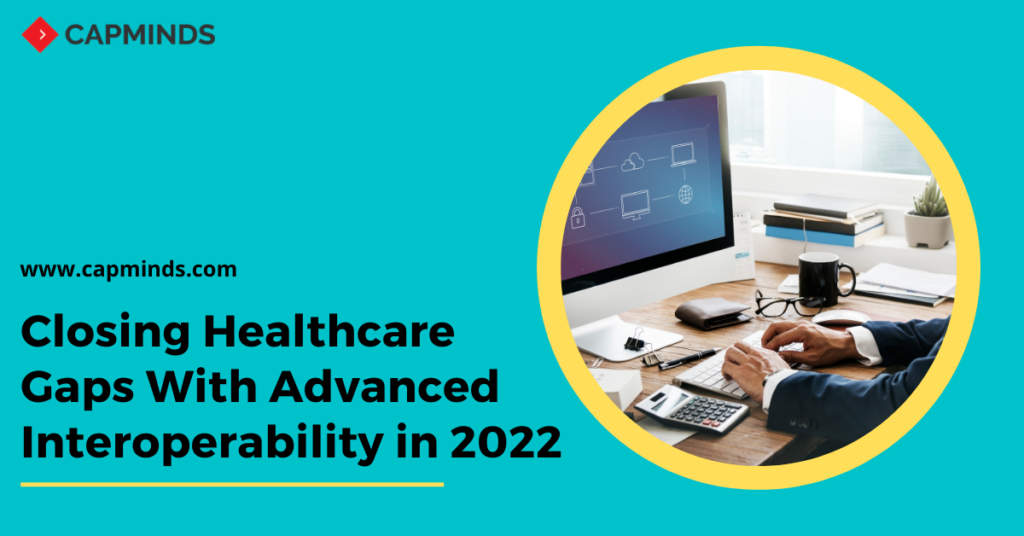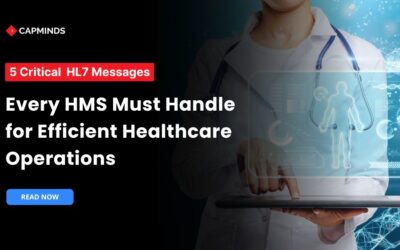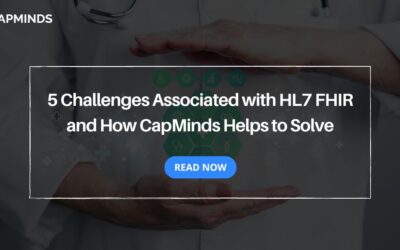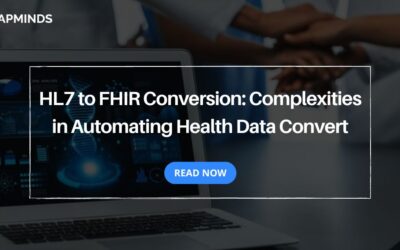Closing Healthcare Gaps With Advanced Interoperability in 2025
Today, for health plans, the gaps in providing quality care have a serious effect on the health outcomes of members. To overcome these care gaps, healthcare payers must improve their ability to access data by making necessary changes to their health IT infrastructure.
To work with the more productive shutting of covers and advance quality improvement, the Centers for Medicare and Medicaid Services (CMS) has progressively gone to health IT principles and application programming interfaces (APIs) to smooth out the sharing of information important to recognize individuals who have missed preventive screenings and different administrations and make a move.
Federal health insurance advantage is one of the most famous risk-based projects and has progressively drawn the interest of payers. Billions of dollars are accessible to healthcare plans that accomplish high scores under Medicare STAR Ratings, a five-star quality rating framework to gauge their capacity to meet individuals’ medical care needs.
Supporting quality announcing for these appraisals is a blend of execution measures. The most essential to close mind holes are important for the Healthcare Effectiveness Data and Information Set (HEDIS), which estimates how well an arrangement handles preventive consideration and constant consideration illness the executives. Over 90% of US wellbeing plans use HEDIS measures to check their exhibition while serving more than 190 million Americans.
For health plans to exhibit their backing for top-notch preventive consideration, they should distinguish people who have missed fundamental screenings and help suppliers and individuals in shutting these consideration holes that could prompt poor long haul results, expansions in greater expense care, and more prominent use of crisis care administrations.
Because of the Covid-19 pandemic, numerous people and segment bunches with realized wellbeing hazards forewent essential screenings. As per accessible CMS information from 20 million patients in 2020, amazing drops in preventive consideration happened the year before: 114,636 missed colonoscopies, 158,717 missed mammograms and 114,367 missed pap spreads.
This large number of missed preventive administrations means the onus is on wellbeing plans in hazard-based arrangements to diminish the wellbeing dangers of their part populace and to meet all requirements for monetary rewards by effectively doing as such.
READ MORE: HIDDEN SECRETS OF HEALTHCARE INTEROPERABILITY CHALLENGES
The health data issues of closing gaps in care
To prevail in a changing administrative climate progressively relying on APIs to smooth out wellbeing information trade, wellbeing plans should comprehend and carry out new advances. The specialized lift required is probably going to demonstrate a critical test.
Under the Interoperability and Patient Access final rule, qualified health plans – including Medicare Advantage plans just as numerous Medicaid and Children’s Health Insurance Program (CHIP) plans – should execute patient access APIs in light of HL7’s Fast Healthcare Interoperability Resources (FHIR) with the goal that people can “without much of a stretch access their cases and experience data, including cost, just as a characterized sub-set of their clinical data through outsider uses of their decision.”
In particular, the government organization has suggested utilizing the CARIN Blue Button Implementation Guide (IG) for payers to show parts of the Common Payer Consumer Data Set (CPCDS) to purchasers using the FHIR API and US Core or Davinci PDex for USCDI.
While basic to propelling the medical services industry’s capacity to trade wellbeing information effectively and safely, these principles address an impressive test for payers. In the first place, they should zero in on having the specialized information and abilities important to execute these norms. Second, they should empower themselves to accumulate information and guide fitting components to the right quality measure. Third, they should make a method for recognizing and tending to holes in care.
READ MORE: PRIORITIZING YOUR HEALTHCARE INTEROPERABILITY : EXPERT’S GUIDE
Creating a gap in care report
closing gaps in care through interoperability reflects the risk change process as of now testing wellbeing plans occupied with population health programs. Both start with understanding the healthcare risks of people and associates of individuals. Information access is crucial.
The medical care industry’s endeavors to carry out the patient access API offers a road to getting to basic clinical information on patients, specifically, the absence of data demonstrating that specific patients of a particular age (e.g., bosom malignant growth screenings for ladies 50-74 years) or infection state (e.g., eye tests for grown-ups 18-75 years old with type 1 or type 2 diabetes). By utilizing patient access APIs, wellbeing plans can get to the information important to make holes in care reports.
By all accounts, it gives off an impression of being a moderately basic cycle. Nonetheless, putting every one of the components – that is, APIs – set up will demonstrate a test to payers, stressing assets and possibly uncovering information and abilities holes.
However, payers in risk-based arrangements can’t easily overlook the desperation of the current second. Holes in care have detonated because of the pandemic and government guideline prodding progresses in interoperability is setting down deep roots. By working with a believed innovation accomplice, health plans can guarantee they approach the information and assets important to close holes in care and show the high worth of their contributions in a profoundly aggressive market.
How CapMinds Helps You:
To achieve widespread interoperability, CapMinds healthcare interoperability solutions – HL7 FHIR SMART integration services will help you to achieve true interoperability and to deliver improved patient experiences and better patient care outcomes.




